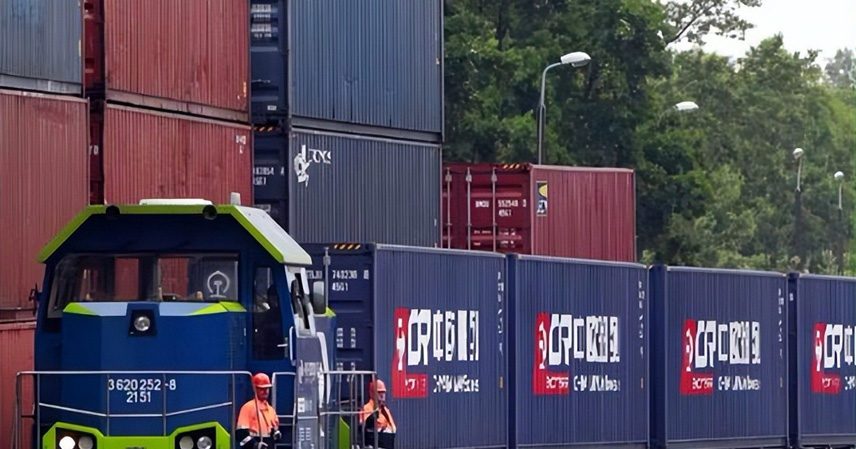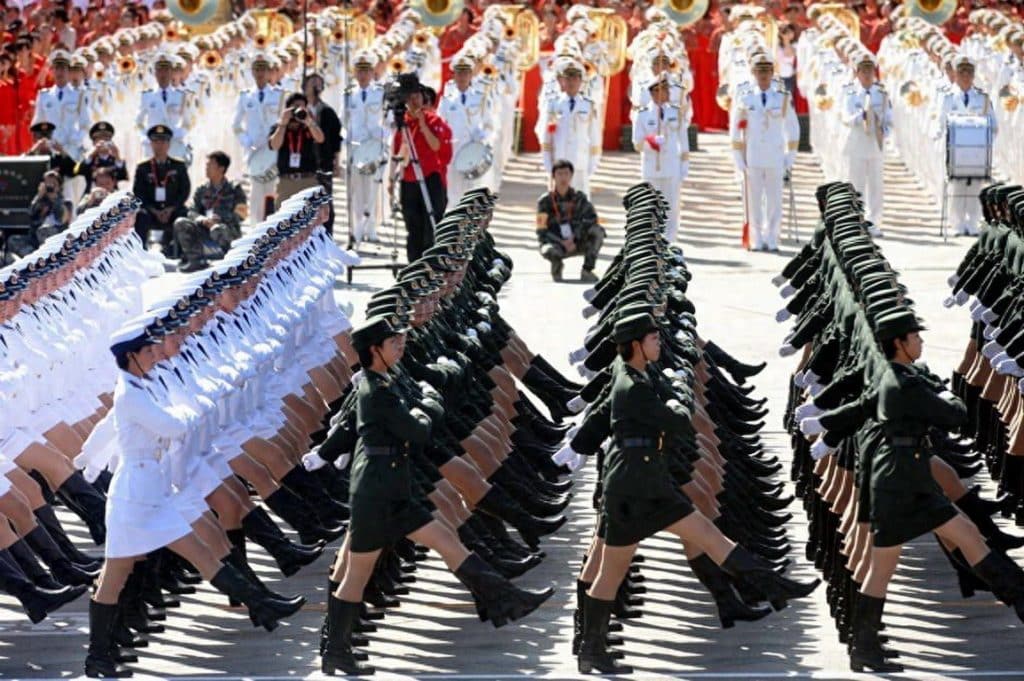Recent days have not been smooth for China’s external trade routes. On land, rail transport has been blocked, while at sea, key ports face disruption. Energy lines are under watch, vital corridors are obstructed, and an invisible hand seems to be pressing on China’s lifeline. It’s hard to call this coincidence, yet it hasn’t escalated into open conflict—still, the message is clear: “Don’t think your path will be too smooth.”
This is not about one country’s single action, but a chain of moves targeting China’s critical trade arteries. Some players do not want China to stop developing, but they do want it to move slower, face obstacles, and take detours. Hoping everyone will “play by the rules” at this point would be naïve. Reality has already sounded the alarm: cooperation is not enough—hard power is needed to withstand pressure when it counts.
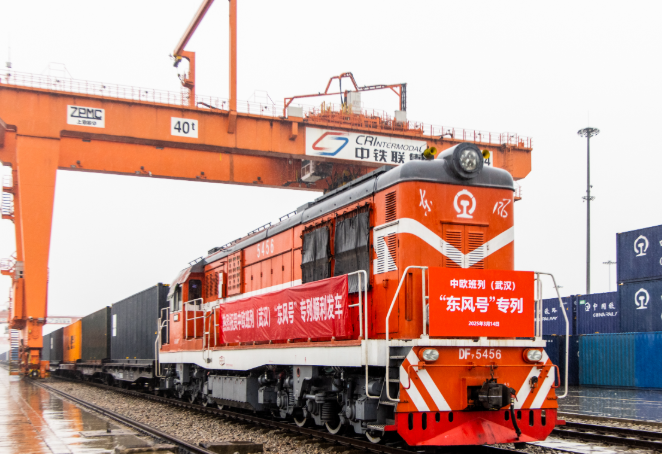
Land Routes: Small Moves, Big Impact
Poland suddenly shut down its border crossings with Belarus, citing “security concerns.” This may sound routine, but the impact was significant: China–Europe freight trains were brought to a halt. Though not widely reported, the disruption rippled across the Eurasian supply chain.
This railway is the backbone of Eurasian trade, stabilizing both cargo flow and confidence. Now that it’s blocked, the entire chain must pause. Clearly, this is not just a spontaneous action. Poland alone would not dare to act without support—striking so precisely at a transit artery suggests premeditation.
Meanwhile, Russia’s Far East, a key hub for energy pipelines to China, was struck by Ukrainian drone attacks. The location was unusual, as Ukraine’s operations usually concentrate on the western front. Hitting a key energy node cannot be dismissed as coincidence—it carries an unspoken message.
Taken together, these incidents show the land route has been turned into a battlefield of strategic maneuvering. The aim is not total supply disruption, but to instill hesitation in China’s ability to grow confidently.
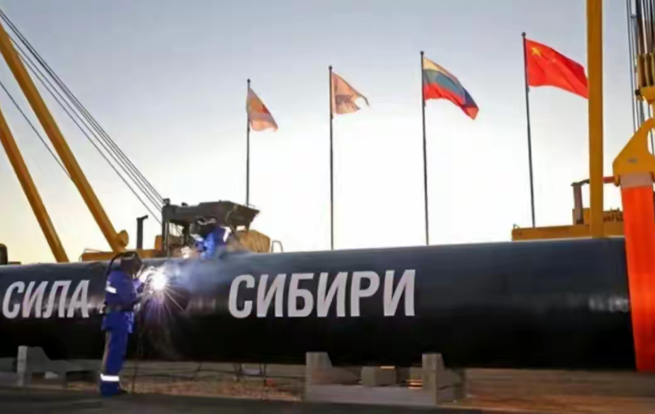
Maritime Chokepoints: Silent Moves, Strategic Goals
On the maritime side, the Panama Canal is among the world’s most vital chokepoints. Recently, Chinese companies there faced sudden contract reviews, alongside announcements of new competing projects. Officially it’s about “upgrades,” but in practice, it looks like a shift in who controls the game.
Beyond Panama, many Chinese-invested ports—from Asia-Pacific to the Mediterranean—are undergoing “re-evaluations.” While framed as business decisions, the strategic undertones are obvious. Control of ports means control of cargo and access.
Even more telling is the synchronicity of these actions, as if coordinated globally. The pattern itself speaks volumes: this is not market adjustment, but strategic deployment. For maritime trade, this is even more complex than land routes. Once a vital port is controlled externally, ships and goods may be left waiting for approval—hardly a setting for “win–win cooperation.”
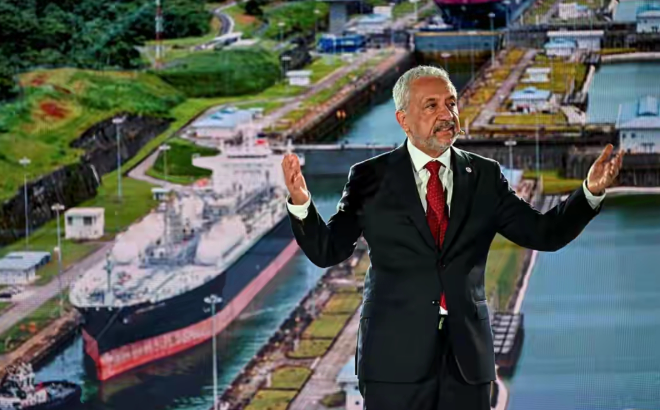
From Business to Security: A New Approach Needed
China has long relied on economic cooperation to build trust and ensure safety. But opponents now use trade routes as weapons and dependencies as leverage. Freight blocked at borders, energy pipelines targeted, port access restricted—these are not coincidences but coordinated pressure points.
China is not without capacity to respond, but being too rule-abiding has allowed others to “break rules under the guise of rules.” A new approach is required: not confrontation for its own sake, but credible deterrence. Just like securing a neighborhood road with cameras and patrols, trade routes need visible protection to discourage interference.
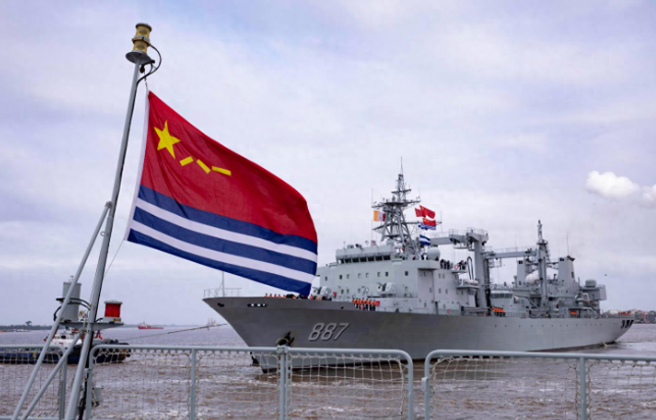
Military Presence: Guarding Peace, Not Waging War
Military power is not about showing off muscles or seeking conflict. It serves to remind others: “These routes are protected—do not act recklessly.” Naval escorts in the Gulf of Aden, evacuations abroad, and past stabilization missions have proven China’s capability in safeguarding commerce.
Today’s challenges cannot be solved by diplomacy alone. From Malacca to Hormuz, from the Indian Ocean to the South Pacific, wherever Chinese trade is concentrated, some presence is necessary. A navy patrol changes the calculus—potential provocateurs will think twice.
On land, security cooperation, joint patrols, and shared interests with transit countries can ensure routes are not casually closed under “security concerns.” Disrupting these channels should carry consequences not only for China, but also for those who depend on the same trade flows.
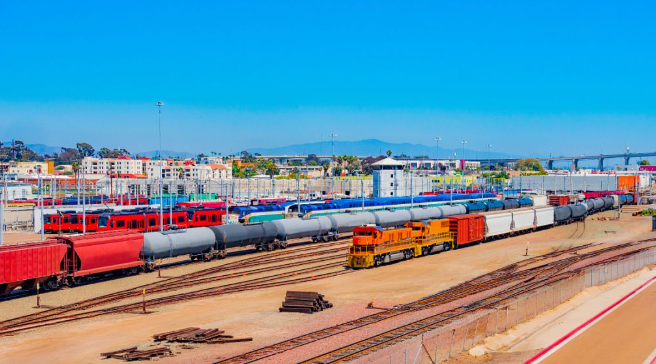
Strength as the Foundation for Stability
China’s global reach has grown, but so have the risks of hidden blockades. Covert restrictions are harder to counter than open confrontation. The message behind recent incidents is clear: “Slow down.” This is a wake-up call about the true weight of “safeguarding lifelines.”
Negotiations may open space, but only strength can secure it. Not to provoke confrontation, but to ensure that China’s lifelines cannot be casually choked. In today’s world, reason alone does not prevail—deterrence matters.
For China to move steadily and confidently, goodwill must be matched with credible power. Lifelines cannot rely on others for protection—they must be guarded by China itself. This is not about aggression but about enabling business, security, and ordinary life. Peace is not declared—it is safeguarded.
References
- Xinhua News Agency, CGTN: Poland’s closure of border with Belarus disrupts China–Europe freight trains
- TASS, Kyiv Post: Ukraine drone strikes hit Russian Far East energy hub
- Financial Times: US pressure on Pakistan to re-evaluate Chinese port operations

